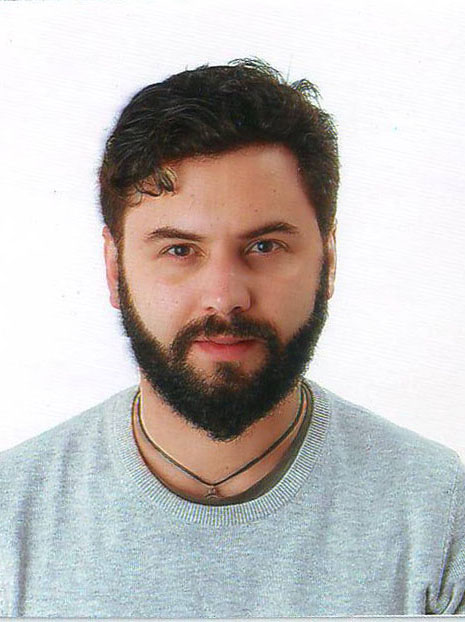Pietro Massai

XXXI Cycle - (A.A. 2015-2016)
IDAUP
Home Institution: University of Ferrara
Scholarship
Curriculum: Architecture (ICAR13)
Research Topic: ICT processes for cultural heritages
Tutor DA-UNIFE: Marcello Balzani
Tutor Polis University: Llazar Kumaraku
Nationality: Italian
Email: mssptr@unife.it
Profile
Biography
Pietro Massai graduated in 2013 at the University of Ferrara, Department of Architecture, Italy, with the thesis: “Analysis, recovery and enhancement: Ahmedabad Walled City” on the requalification of the heritage centre of Ahmedabad, Gujarat, India (he lived there for 3 months in 2012). Since 2009 he developed researches on BIM Technology. Meanwhile he became teaching assistant of the course of second year’s Survey and Representation techniques inside the University of Ferrara. Since 2010 he became scientific and didactic consultant inside the University and the DIAPReM Center (Development of Integrated Automatic Procedures for Restoration of Monuments) for the management and organization of Fassa Bortolo’s International Prizes and many Scientific Expositions. He is in charge of internationalization projects at the University of Ferrara. He pursued the creation of scientific and research relationships with many foreign institutions from India (where he also works as architect), Georgia and Brasil. After being lecturer at the second year of the Industrial Design Study Course, University of Ferrara, he became in 2015 a PhD Candidate in the IDAUP course between the University of Ferrara and POLIS University, Tirana, Albania.
Research skills
BIM | Heritage | Architecture | Conservation | Valorisation
Scientific activities
ORCID ID:
0000-0000-0000-0000
IRIS UNIFE ID:
rp19522
Doctoral research
Inclusive WebBim: interoperable process for recovery and valorisation of cultural heritage
Conservation and valorisation of cultural heritage are nowadays two of the key fields of international interest. However, this feeling is shared and the preservation of heritage is pursued most of times in westernized countries. The same principles are not of the same interest for “quick developing countries” as BRICS: most of times technologies and tradition of the conservation right now are in process of definition. One of the main problems that this kind of evolving situation is the adoption of instruments and principles without adaptation to the local needs and environment. Main risk of the situation is the excess of westernization of these countries, with the loss of building traditions bringing the possibility of collapse for some architectonically important structures. The significance given to the “Historic Centres”, which is not the same of other countries with a longer conservation tradition, is limited to some monuments, conceived as important structures that has to be maintained and preserved: this gives the “local perception” of conservation. Nevertheless nowadays, the important of the preservation of the historic city centre is becoming one of the crucial aspects also for countries like India, Brazil and many others in quick development process. Conservation and Valorisation are strictly connected, because of factors as economic interests, policies that trusts, municipalities and privates are followings: the conservation needs funding and the valorisation of the beauties and history of one place is the main chance to raise funds. On the other hand new technologies give to researchers (but also municipalities and trusts) possibilities to discretize problems and adopt just the main characters and good practices already undertaken from similar environments and change them in order to understand the best way to apply these on the local one. In fact anther important point for a fist overview of the research, is the use that nowadays both the enhancement and the conservation are having, on a first stage, of the same technologies: the 3D modelling is used for the creation of advertisement models and the project of conservation. Of course, the LOD (level of detail or level of development) of the model is different, but in the BIM Building Information Modeling process are just two different steps or “development dimensions” of the same object.
Keywords
Conservation | Valorisation | Heritage | Developing countries | India

